SANAA to resurrect Hexagon pavilion for Moscow’s Garage Museum extension
Japanese firm SANAA will overhaul the Hexagon pavilion, a 1920s Ivan Zholtovsky-designed structure in Gorky Park, for a Garage Museum extension
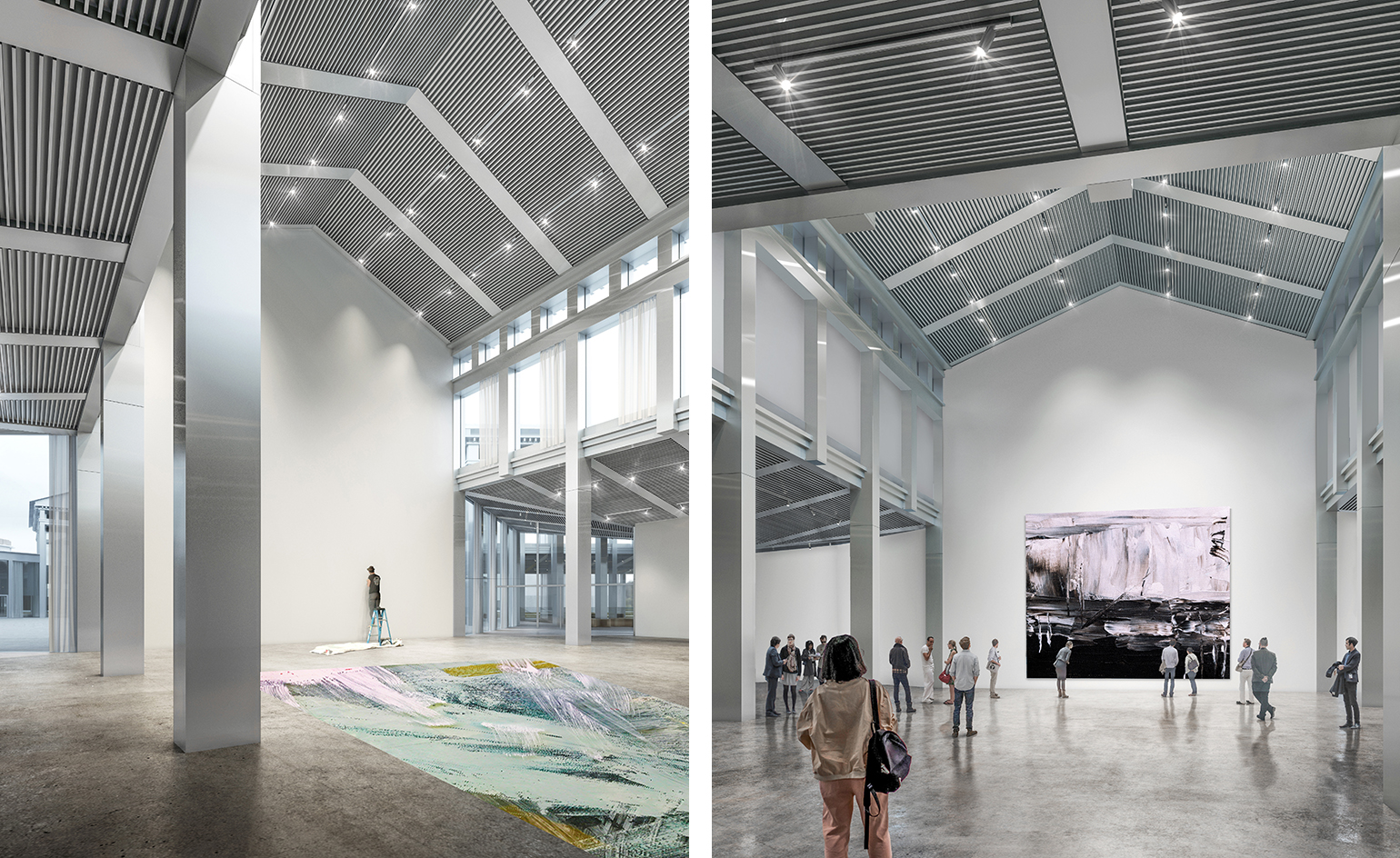
The Garage Museum of Contemporary Art has announced that Japanese architecture firm SANAA will oversee the renovation of the Hexagon pavilion, converting the disused Moscow landmark into a major new exhibition hub. The Garage Museum extension heralds a new chapter for the museum in its ongoing efforts to repurpose architectural heritage in the city and revitalise it in a contemporary context.
The Hexagon – a listed 1920s Soviet structure designed by Russian architect Ivan Zholtovsky – has lived many lives. Originally constructed for 1923’s First All-Russian Agricultural and Handicraft Industries Exhibition, the pavilion was converted into a canteen in 1935 and repurposed for lemonade production in the 1960s. In the decades that followed, it served as a café, a restaurant, a beer garden, a cinema and a disco, until it was abandoned. The Hexagon today stands partially ruined following a series of fires.
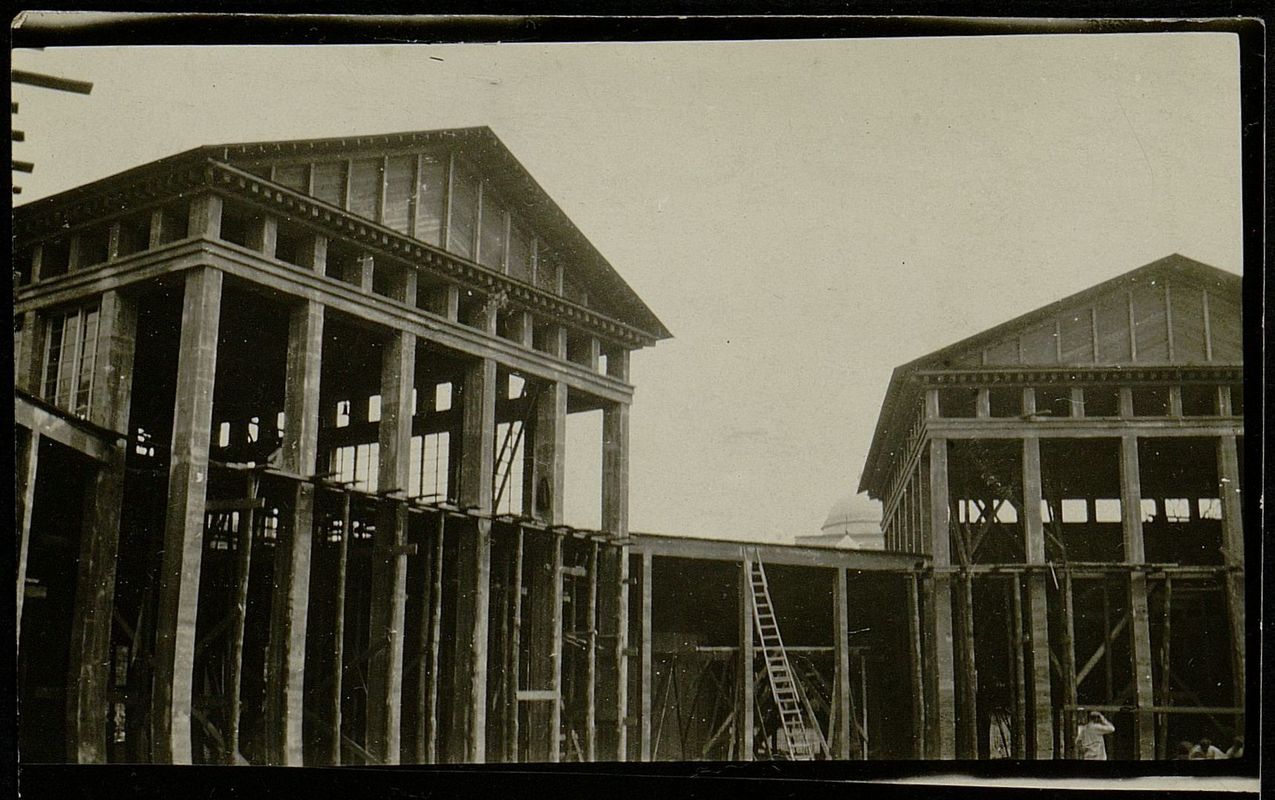
Archival image of the hexagonal structure
In its newest incarnation as an exhibition centre, the Hexagon will encompass three galleries, a library, a bookstore, a café and a courtyard spanning some 9,500 sq m of functional space. ‘In keeping with the spirit of Zholtovsky’s original design, we tried to avoid partitions or different types of organisations within the space and tried to bring it back to his vision,’ explained the architects. ‘We were fascinated by the original transparency of the space. The Hexagon has a particular charm and we have tried to retain that in our design.’
To wit, SANNA’s concept is guided by six principles: geometry and proportion; connected spaces; daylight; spatial organisation; decorative and interior elements; and landscape. Moscow’s dramatic climate poses its own set of challenges too, which architects Kazuyo Sejima and Ryue Nishizawa have addressed with advanced envelope and heat recovery systems, and high-performance glazing.
Garage Museum extension set to transform the Hexagon
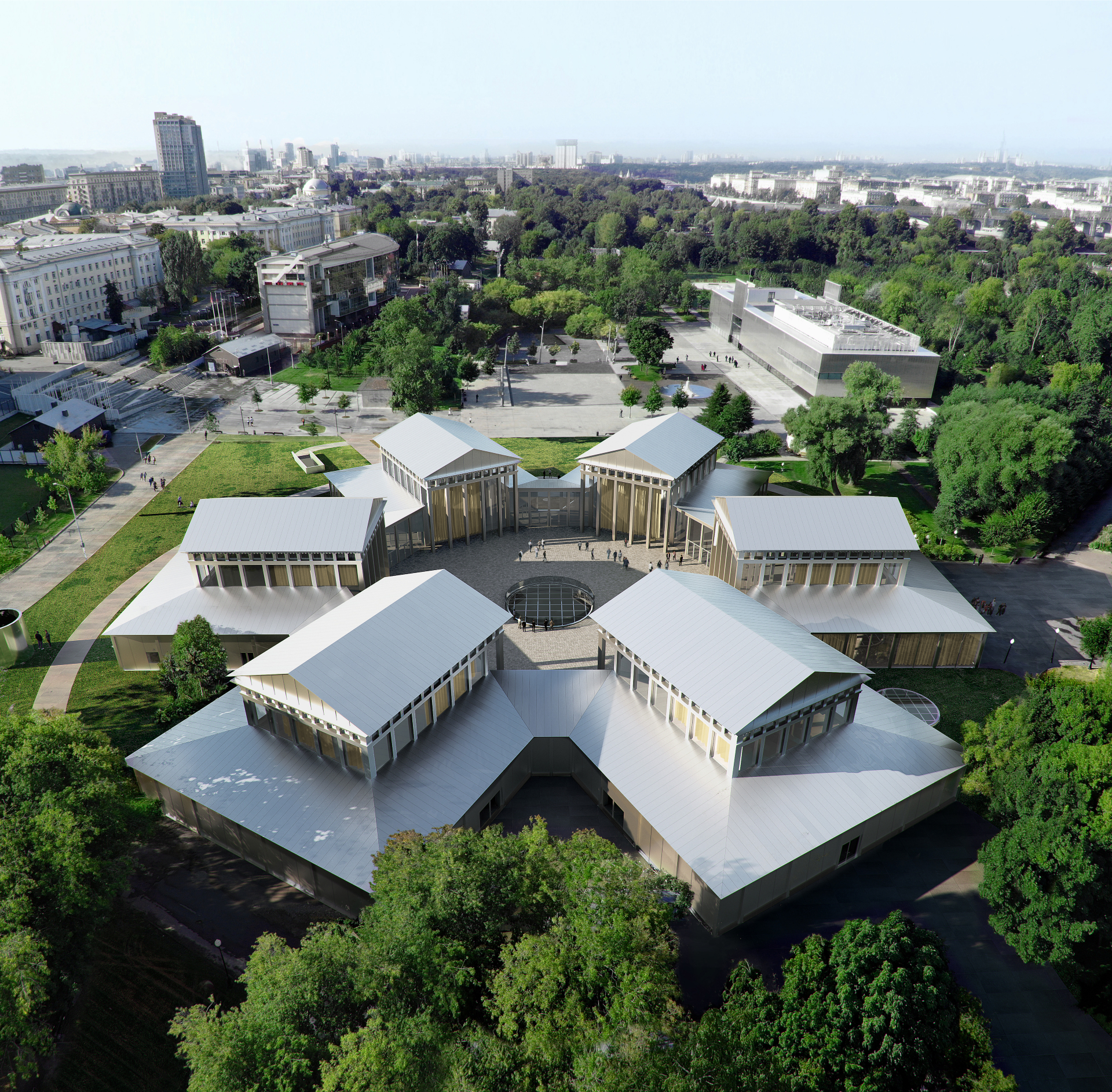
The Garage Museum was established in 2008 by Dasha Zhukova and Roman Abramovich as the first philanthropic organisation in Russia devoted to contemporary art and culture. In 2015, the museum relocated to its permanent home in the former Vremena Goda restaurant, a Soviet-era modernist ruin resurrected by Rem Koolhaas’ firm OMA. Garage has collaborated with a number of architectural studios, including Shigeru Ban, Form Bureau, Snkh, Syndicate, and Grace.
‘The Hexagon will be revived by SANAA’s thoughtful and sensitive design, allowing Garage to ground itself in Russian history while expanding into the current global conversation,’ Zhukova says in a statement. ‘We want to ensure that our building reflects our ongoing inquiry into the function, purpose, and responsibility of the modern-day museum.’

INFORMATION
Receive our daily digest of inspiration, escapism and design stories from around the world direct to your inbox.
-
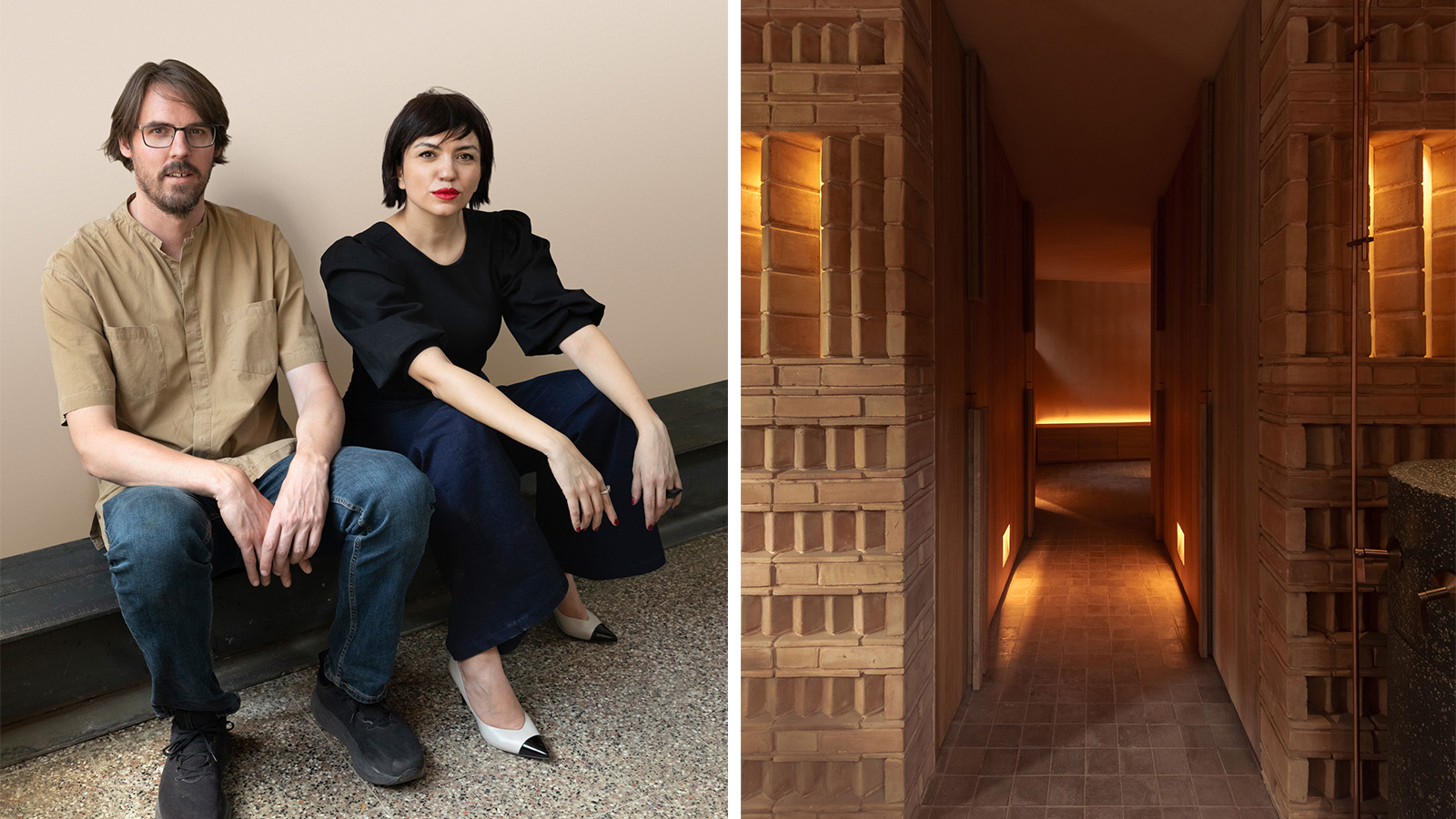 Discover Locus and its ‘eco-localism' - an alternative way of thinking about architecture
Discover Locus and its ‘eco-localism' - an alternative way of thinking about architectureLocus, an architecture firm in Mexico City, has a portfolio of projects which share an attitude rather than an obvious visual language
-
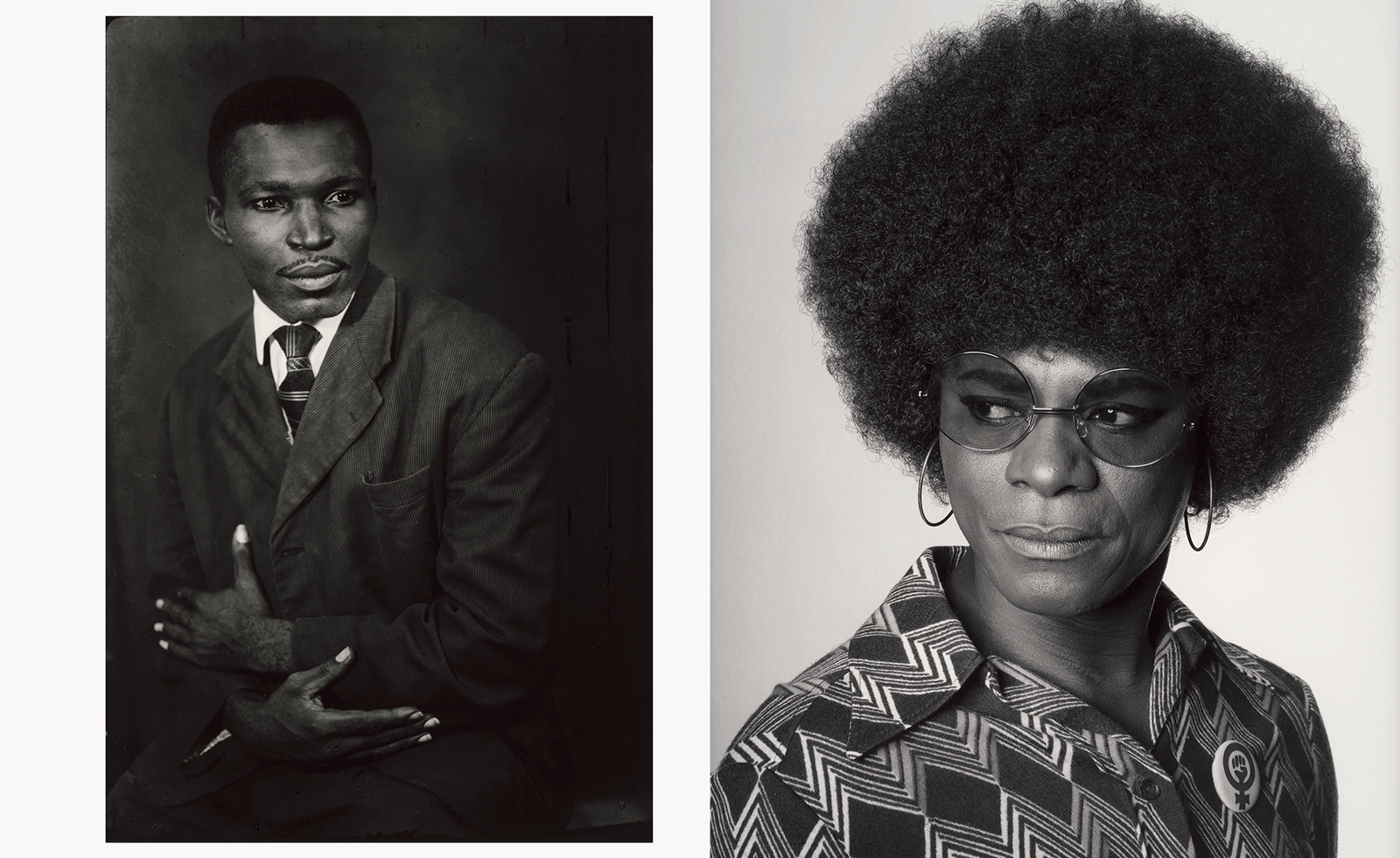 MoMA celebrates African portraiture in a far-reaching exhibition
MoMA celebrates African portraiture in a far-reaching exhibitionIn 'Ideas of Africa: Portraiture and Political Imagination' at MoMA, New York, studies African creativity in photography in front of and behind the camera
-
 How designer Hugo Toro turned Orient Express’ first hotel into a sleeper hit
How designer Hugo Toro turned Orient Express’ first hotel into a sleeper hitThe Orient Express pulls into Rome, paying homage to the golden age of travel in its first hotel, just footsteps from the Pantheon
-
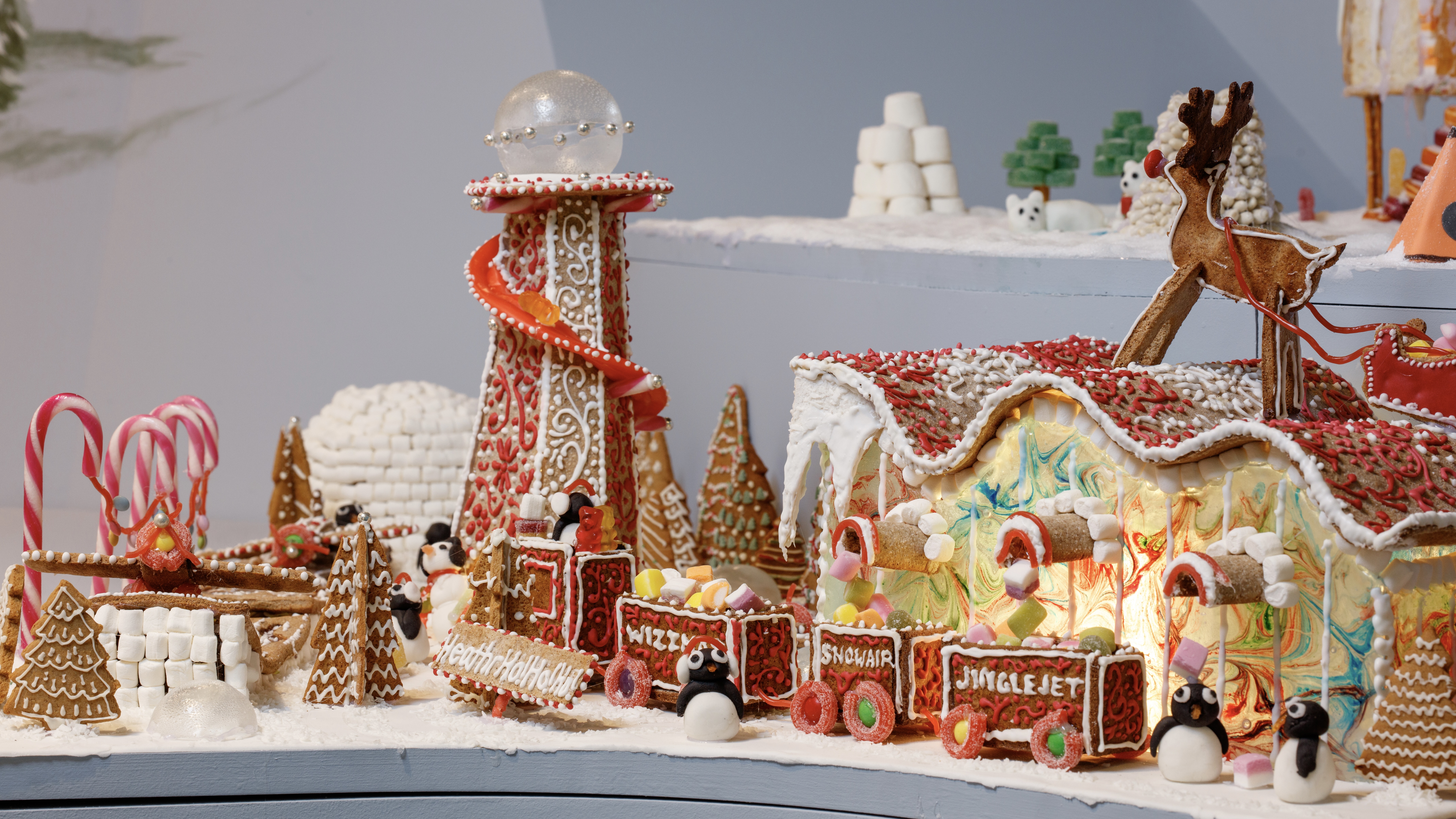 Welcome to The Gingerbread City – a baked metropolis exploring the idea of urban ‘play’
Welcome to The Gingerbread City – a baked metropolis exploring the idea of urban ‘play’The Museum of Architecture’s annual exhibition challenges professionals to construct an imaginary, interactive city entirely out of gingerbread
-
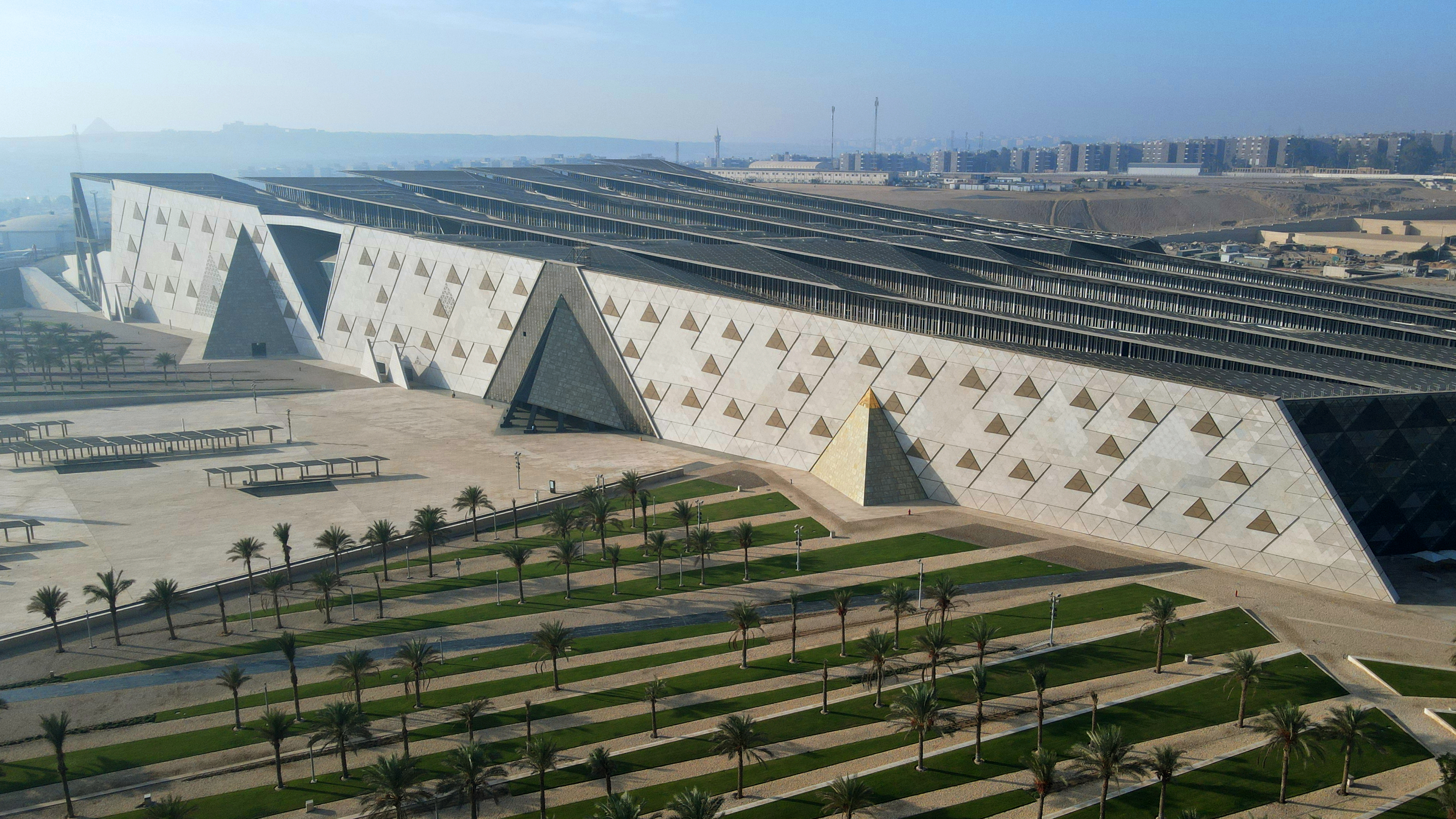 The Grand Egyptian Museum – a monumental tribute to one of humanity’s most captivating civilisations – is now complete
The Grand Egyptian Museum – a monumental tribute to one of humanity’s most captivating civilisations – is now completeDesigned by Heneghan Peng Architects, the museum stands as an architectural link between past and present on the timeless sands of Giza
-
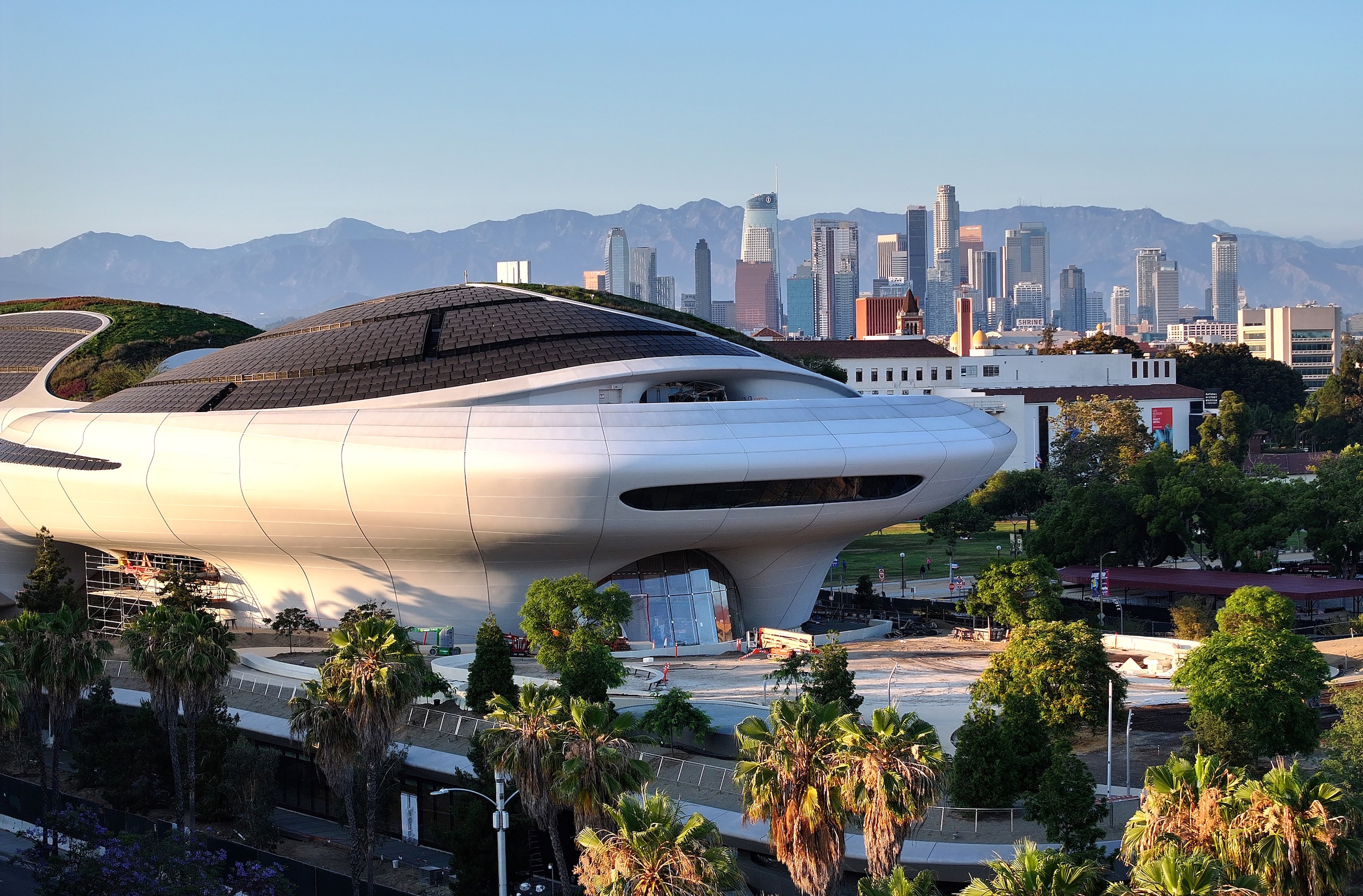 George Lucas’ otherworldly Los Angeles museum is almost finished. Here’s a sneak peek
George Lucas’ otherworldly Los Angeles museum is almost finished. Here’s a sneak peekArchitect Ma Yansong walks us through the design of the $1 billion Lucas Museum of Narrative Art, set to open early next year
-
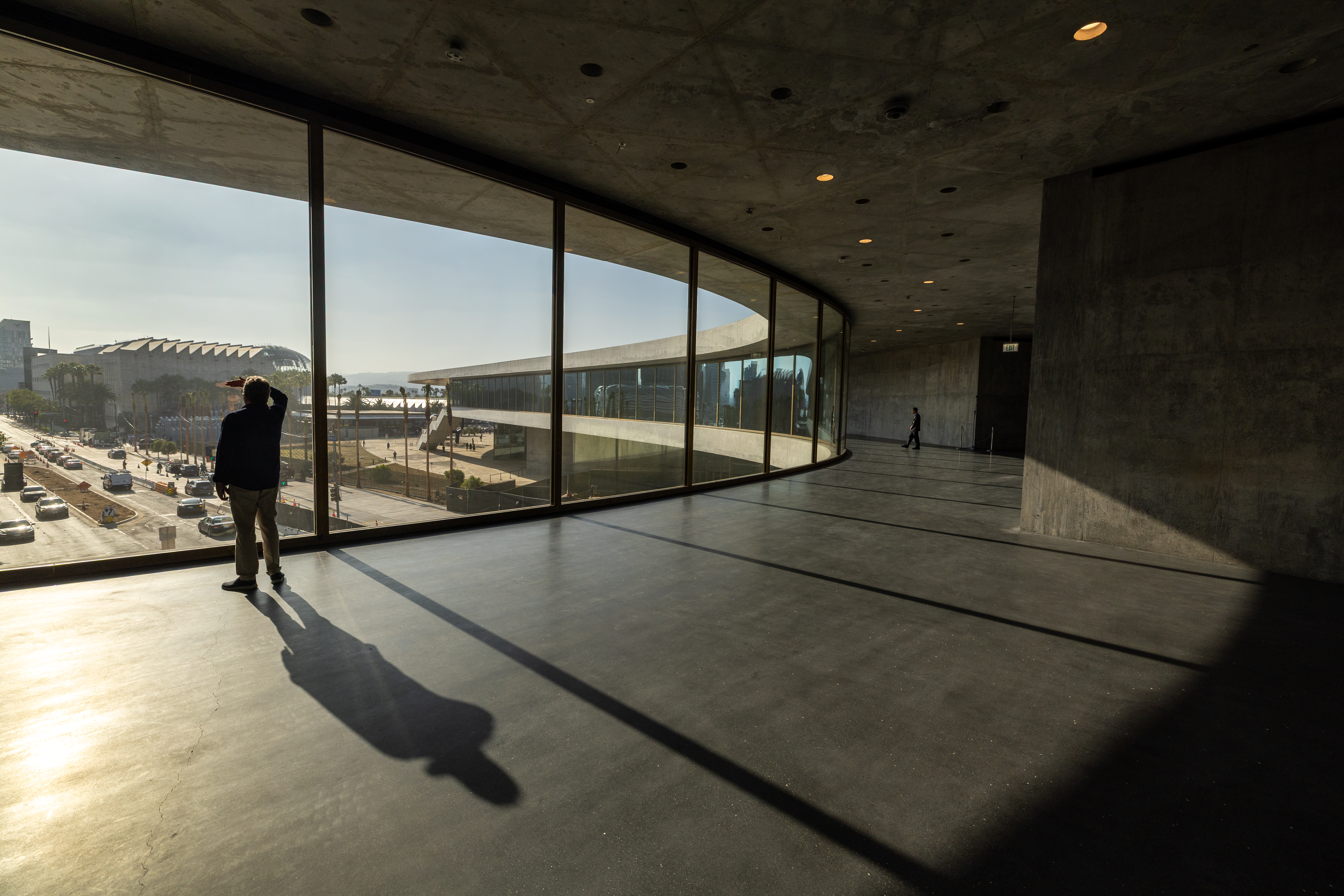 The great American museum boom
The great American museum boomNine of the world’s top ten most expensive, recently announced cultural projects are in the US. What is driving this investment, and is this statistic sustainable?
-
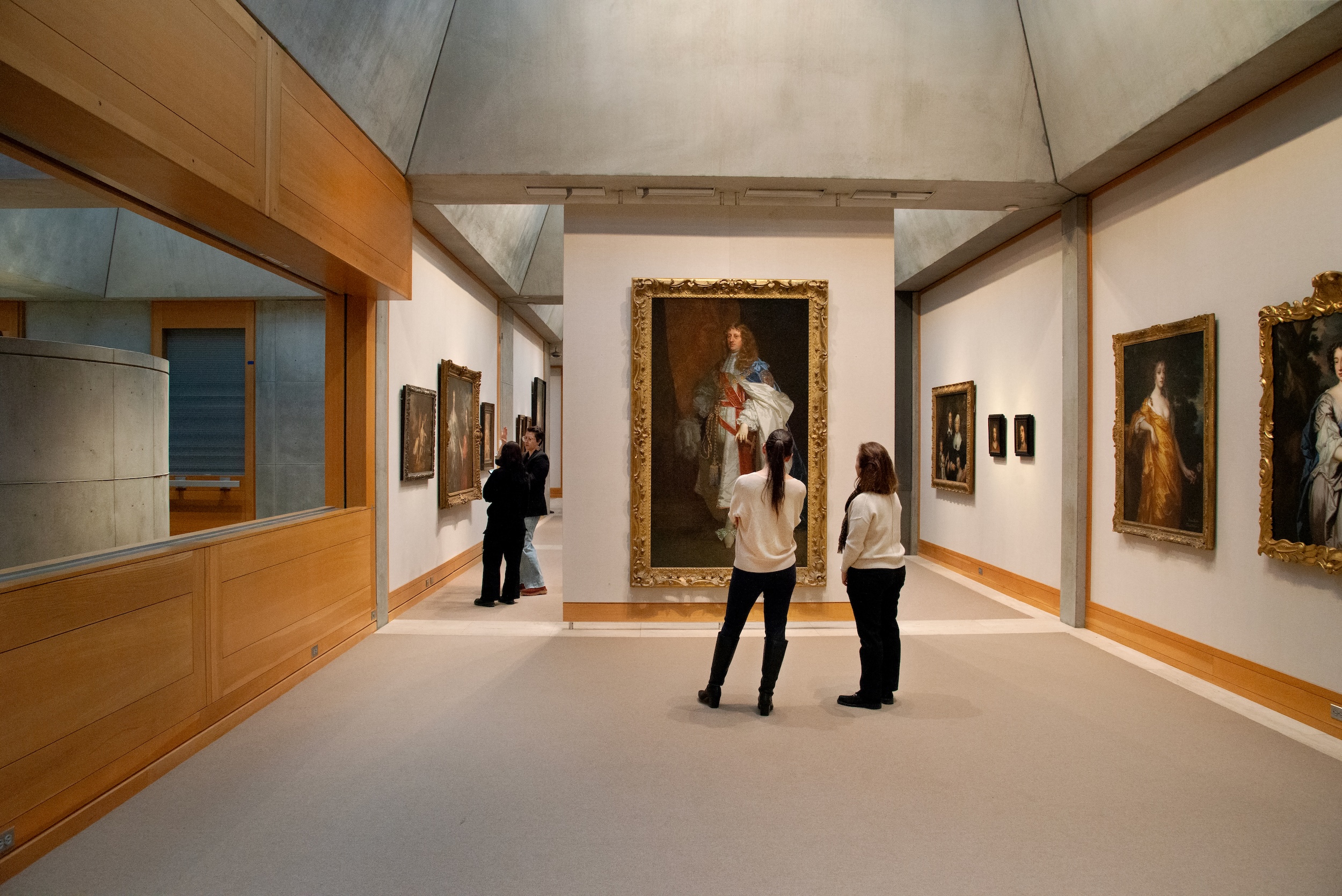 The Yale Center for British Art, Louis Kahn’s final project, glows anew after a two-year closure
The Yale Center for British Art, Louis Kahn’s final project, glows anew after a two-year closureAfter years of restoration, a modernist jewel and a treasure trove of British artwork can be seen in a whole new light
-
 You’ll soon be able to get a sneak peek inside Peter Zumthor’s LACMA expansion
You’ll soon be able to get a sneak peek inside Peter Zumthor’s LACMA expansionBut you’ll still have to wait another year for the grand opening
-
 NYC's The New Museum announces an OMA-designed extension
NYC's The New Museum announces an OMA-designed extensionOMA partners including Rem Koolhas and Shohei Shigematsu are designing a new building for Manhattan's only dedicated contemporary art museum
-
 Soviet brutalist architecture: beyond the genre's striking image
Soviet brutalist architecture: beyond the genre's striking imageSoviet brutalist architecture offers eye-catching imagery; we delve into the genre’s daring concepts and look beyond its buildings’ photogenic richness